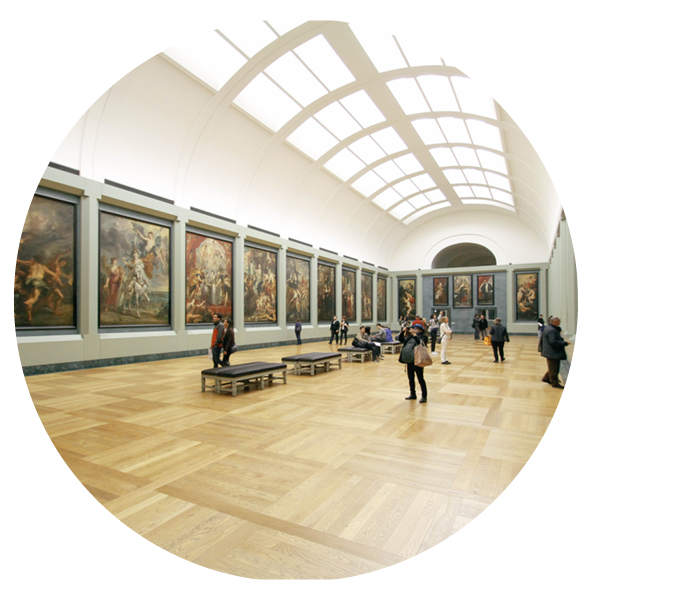

The overall aim of the project is to foster diverse participation in the heritage domain through a process of citizen curation. Citizens are supported to: develop their own personal interpretations of cultural objects; work together to present their collective view of life through culture and heritage; and gain an appreciation of alternative cultural viewpoints.
Methods are codesigned so that they can be used by citizen groups to produce personal interpretations of cultural objects and analyse and compare them against the interpretations of others. Tools are developed for modelling users and groups and recommending content in a way that assists citizen groups in building a representation of themselves and appreciating variety within groups and similarity across groups.
A Linked Data infrastructure supports citizen curation using social media platforms in a way that gives heritage institutions control over rights protected digital assets and access to citizens responses to their collections. User experience is designed to enable inclusive participation in citizen curation activities across cultures and abilities.

A series of citizen curation case studies with a diverse set of museums and citizen groups helps us to demonstrate how our approach can promote inclusive participation and social cohesion in a variety of contexts.
Read moreAll the latest content, recommendations and news in your inbox!